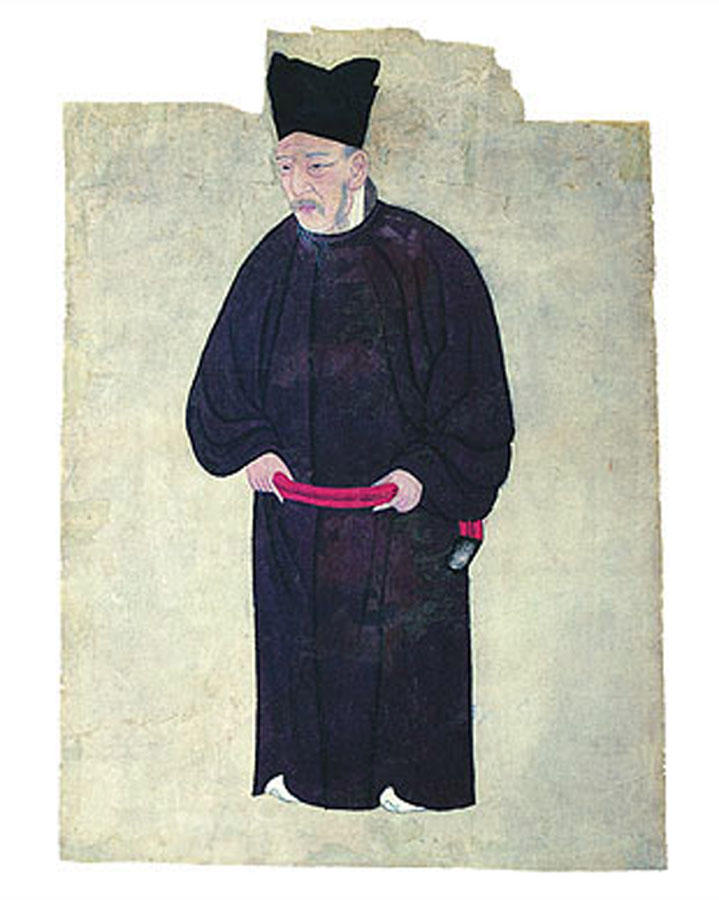Kate A. Lingley : Iconography of the Other: Representing cultural identity on the Silk Road
This paper proposes a methodology for understanding pictorial representations of identity in the context of cross-cultural interaction, by articulating a methodological distinction between
the artifacts of cultural interaction and representations of cultural identity. The medieval Silk
Road’s history of cross-cultural interaction is reflected in the movement of artifacts,
iconographies, technologies, and styles, for which archaeology and art history have a relatively
well-developed methodology. However, the dynamics of cultural identity in the same period are
considerably less well-theorized.
The diffusion of particular object types, styles, materials, and techniques is understood to
result from, and thus to reflect, either the migration of populations or exchange between cultures.
Hence the presence of silk textiles, first in China, then in Central Asia, and still later in
Byzantium, is understood to be a result of cross-cultural interaction, whether the silks are
imported or locally made. However, we also rely on images from the past as visual
representations of cultural interaction. A famous painted panel from Dandan-Oilik (British
Museum OA 1907.11-11.73) depicts the legend of the Chinese princess who smuggled silkworm
cocoons to Khotan in her headdress, thus breaking the Chinese monopoly on silk production and
founding the Khotanese silk tradition.
Images are, of course, also artifacts, by virtue of their materiality. But their
representational qualities demand a different methodological approach. Garments of Khotanese-
made silk are a direct result of the production of silk in Khotan, whereas images of Khotanese
silk weavers (as on the Dandan-Oilik panel) are representations of the production of silk in
Khotan – and representational images have their own logic. It is possible, for instance, to
represent a Chinese princess smuggling silkworm cocoons to Khotan in her headdress even if the
actual introduction of silk took place quite differently. In other words, images of cultural
interaction must be understood not only in terms of what they depict, but also how they are
depicted.
In particular, such images depend on the visual representation of cultural (or national, or
ethnic) identity. This representational process is complex: that is, it is not enough to read details
of costume or physiognomy as simple and unvarying signs of identity. It is also culturally
specific: the representational conventions of Chinese visual culture are not necessarily the same
as those of Persian visual culture. In short, not everyone shown wearing a « Phrygian cap » is
actually meant to be a Phrygian.
Recent theoretical work suggests that social identity is actively and consciously produced
by individuals and groups over time, often in relationship (or in opposition) to other groups, and
it is this opposition that allows it to be studied in the material record. To the extent that the
production of identity leaves a trace in visual and material culture, it is likely to be found in the
visual representations of cultural Others. When members of one cultural group depict members
of another, then local models of cultural identity, difference, and interaction are often implicit in
the images they produce. This paper proposed approaches to the investigation of such models,
with the aim of better theorizing the local significance of cultural interaction in the early
medieval period.

